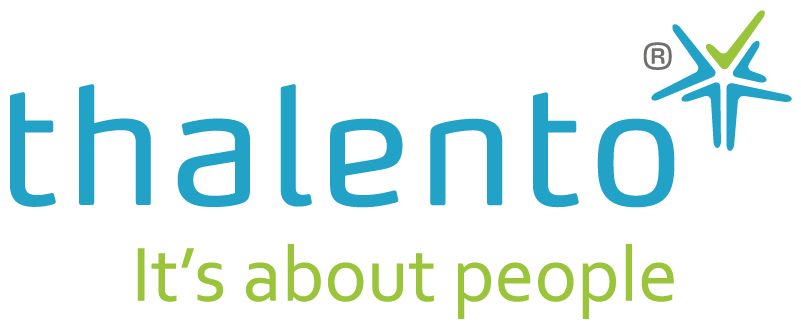What the evolution of phones and assessment tools have in common
When you invest in a smartphone, you don’t only use it to call someone, right? You use it to send messages, take photos, let your kids play games in a restaurant (or play the games yourselves) to check your social media, search the internet,… You use it for so many different things that you might even wonder why we still call it a phone!
Looking at assessments you can see a similar evolution. Assessments were initially developed by the military and later used for recruitment and selection. But there is so much more you can do with them! Over the past years we have evolved from a selection company into a Talent Management solution provider into using them for Workforce Optimization, so as a tool which assists organizations, leaders and Career Owners throughout the entire Talent Life Cycle. This evolution results in a higher return on investment from an assessment.
Let me give you just a couple of examples of how our customers have used assessments in ways you probably haven’t thought of.
1) Reduce turnover
Several years ago a large international company manufacturing sorting technology for the food and waste industry recruited young engineers straight out of school. These engineers were hired into a traineeship after which they travelled the world to service and upgrade installations.
Over the years this method resulted in an unexpected high turnover of highly trained staff in the first year of employment. Our customer was clueless with respect to the reason and didn’t know how to turn this around. So, they asked us to analyze both the role requirements and the traits and strengths of the engineers, including their motivation for leaving.
Our research based including assessments led to the conclusion that there is a clear and proven disconnect between the expectations of the engineers and the reality of the role. The best students in training couldn’t always settle in the actual job. It turned out that those who left did so because of the amount of travelling involved, the responsibility of solving problems at remote sites – often in demanding situations, and the fact that they are often on the road all by themselves. The information collected with assessments showed that all those that left, had a high level of social need and a desire to work in a comfortable, constructive and predictable team environment.
With this in mind, we developed the ideal service technician profile, based on the assessments of the engineers that excelled in the job. The company today, some 7 years later, still uses this profile to match potential trainees. This results in a considerable drop in attrition rate of young engineers. Needless to say a huge cost saving in training the right people who better fit the role.
So instead of focusing on the assessment to compare candidates for a position, we used them to identify the reason for the high turnover and into a tool for better hiring.
2) Understand what motivates a team
An automotive company noticed that motivation was low in some of their assembly teams – something you don’t want when a competitor plans to build next door. Instead of investing in a broad non selective campaign, they decided to tackle to the root of the problem, which they suspected had to do with the team leads.
We combined our assessments with a motivational questionnaire and our TeamView mapping. This allowed us to map the correlation between team leads and the motivation of their respective teams. Not only did this allow our customer to distinguish the traits of team leaders that inspire motivation, it also enabled them to take the necessary actions to improve the motivational skills of the other team leads.
3) Improve development programs
We are in cooperation with a training company that uses our tests to identify exactly what the development needs are of for example team leads in the retail sector. The insights they collect from the assessments enables them to develop training programs that are truly tailormade. They also implement our tools to objectively quantify the progress of an employee after the training program.
These are just three examples that demonstrate how you can use assessment results for what we at Thalento® call Workforce Optimization. They show how you can use assessments to solve underlying issues and improve performance throughout the Talent Life Cycle. So next time you are dealing with such an issue or come across another Talent Life Cycle challenge, get in touch. We love a challenge. We like to help you to get a higher return on your investment.

